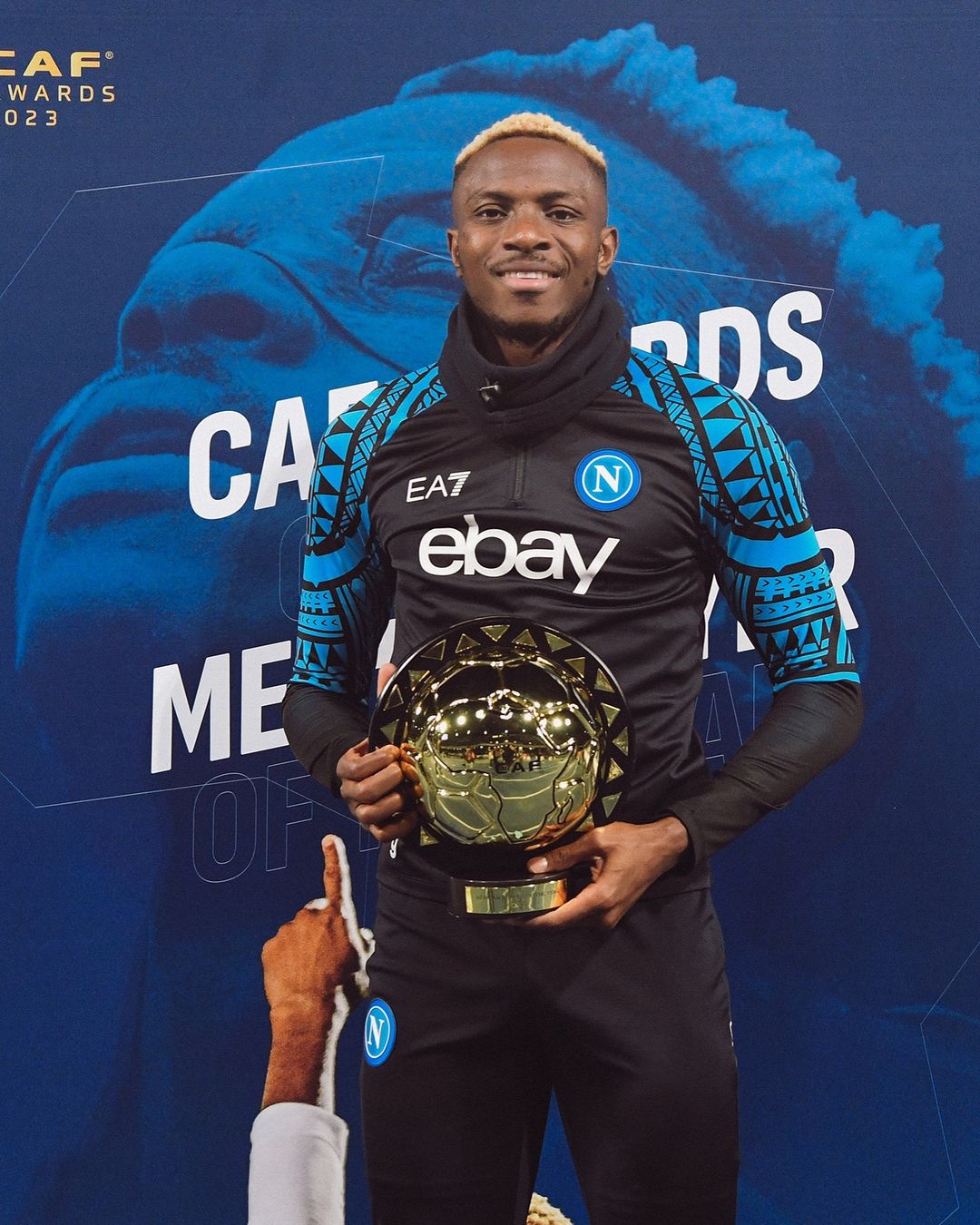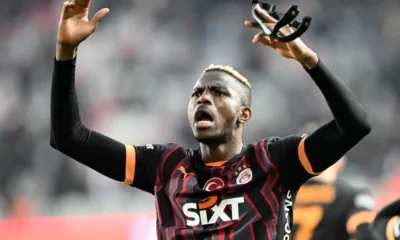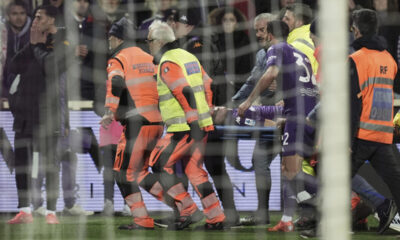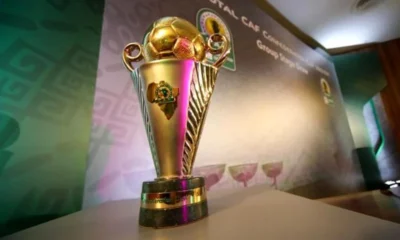Sports
The Osimhen vs. Napoli mess: Who’s really to blame?

At one point, Victor Osimhen was the wave at Napoli, the man whose name was on the lips of every fan, rival clubs were monitoring his movement and the Nigerian flag was blazing thanks to this man.
To cap it short, Osimhen was an asset, and a very valuable one, until things drastically changed, and the Nigerian became the ‘enemy’.
A series of shocking revelations suggests that the Italian club may have used underhanded, almost mafia-like tactics to prevent their star striker from securing a lucrative move away from the club. But as the dust settles, the question remains: Who is truly to blame for this transfer mess, and how could the situation have been better handled?
At the heart of the conflict appears to be a broken trust between Osimhen and Napoli’s president, Aurelio De Laurentiis. According to inside sources, there was a supposed gentlemen’s agreement made in 2023 that would allow Osimhen to leave if his €130 million release clause was met.
Read More:
Behind the Scenes of Napoli’s ‘Mafia-like’ hold on Victor Osimhen
Victor Osimhen unveiled by Galatasaray in stunning Video
How did Victor Osimhen miss this?

Yet, as lucrative offers from Saudi Arabia’s Al Ahli and Paris Saint-Germain came flooding in, Napoli kept shifting the goalposts. Instead of adhering to the initial agreement, Napoli allegedly raised their demands and frustrated every transfer attempt with unrealistic terms.
On Napoli’s end, there’s little doubt that Osimhen is a prized asset, and losing him would be a significant blow to the team. However, the club’s refusal to let him go, despite Osimhen’s growing desire to leave, was a major factor in escalating the situation to its current impasse.
De Laurentiis’ insistence on continually upping the price—first rejecting Al Ahli’s £75 million offer and then PSG’s massive £150 million bid—suggests a failure to acknowledge Osimhen’s own career ambitions. From a business perspective, Napoli’s tactic of holding out for an astronomical fee may have made sense, but from a human angle, it was a dangerous gamble.

Osimhen, on the other hand, did his best to remain professional. Reports suggest that he was even willing to make personal financial sacrifices to facilitate his move, including offering to pay part of the extra £5 million Napoli demanded from Al Ahli. For a player of Osimhen’s caliber to offer such a gesture shows how desperate he was to leave, feeling trapped in a situation that he reportedly compared to “modern-day slavery.”
The situation became more emotionally charged following Napoli’s controversial TikTok video that compared Osimhen to a coconut in what many saw as a racially insensitive joke. This incident deepened the rift between player and club, turning a professional conflict into something personal. It wasn’t just about a transfer anymore—it was about respect and dignity.
The failure of Roberto Calenda could see Osimhen’s career stall…
However, some of the blame must also fall on the player’s representatives. Osimhen’s agent and team should have been more assertive in securing a watertight release clause and ensuring that all terms were clearly defined and legally binding. While Napoli’s tactics were undoubtedly heavy-handed, better legal preparations could have protected Osimhen from such a situation.
So how could this messy saga have been resolved better?

For one, clearer communication and transparency from both sides would have gone a long way. Napoli could have honored the alleged gentlemen’s agreement, allowing Osimhen to leave if the right offer was made.
If the club felt that Osimhen was indispensable, they should have worked out a mutually beneficial solution—perhaps increasing his wages or offering a new contract with a more realistic release clause. On the other hand, Osimhen’s camp could have pushed for a more defined exit strategy to avoid such complications.
Furthermore, if Napoli’s refusal to sell was truly rooted in financial concerns, they could have negotiated structured payment terms or performance-based bonuses with clubs like PSG or Al Ahli. This would have allowed them to maximize their earnings while respecting Osimhen’s career ambitions.
Ultimately, the entire situation has been an avoidable mess of broken promises, inflated egos, and misplaced priorities. While Osimhen and Napoli may eventually part ways, the damage done to their relationship has soured what could have been a graceful exit for one of the world’s most talented strikers. Instead of a win-win situation, both parties are now locked in a battle that has stained their reputations. For Osimhen, the ordeal has been more than just a transfer saga—it’s been a painful chapter of mental and emotional strain.































